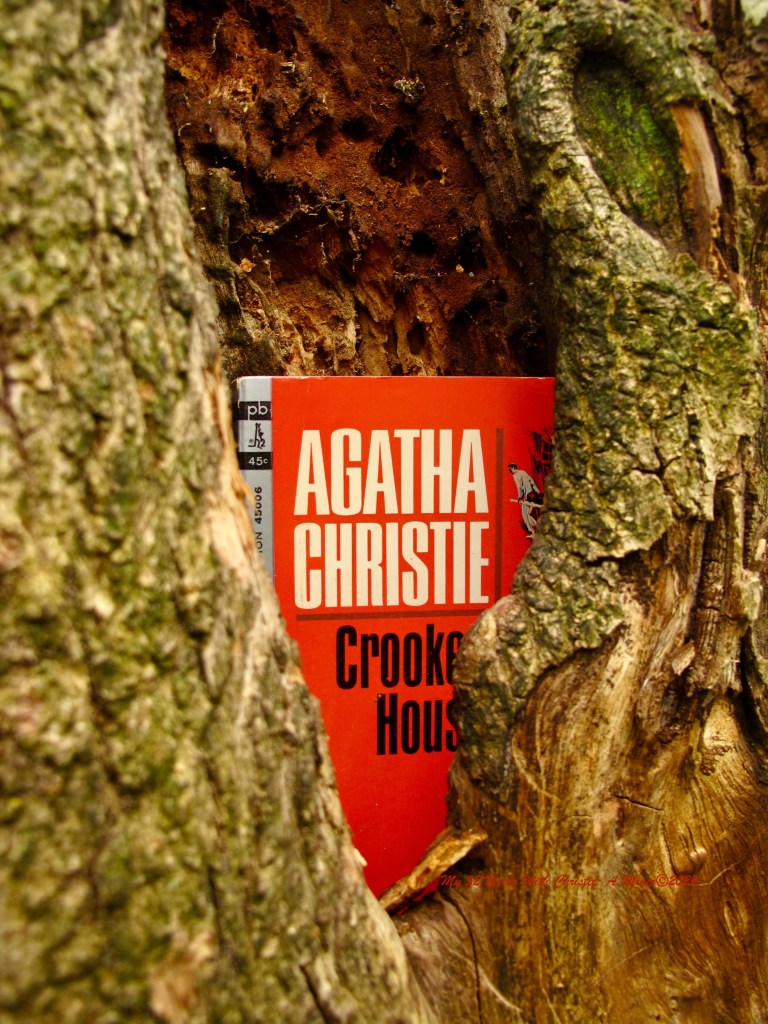



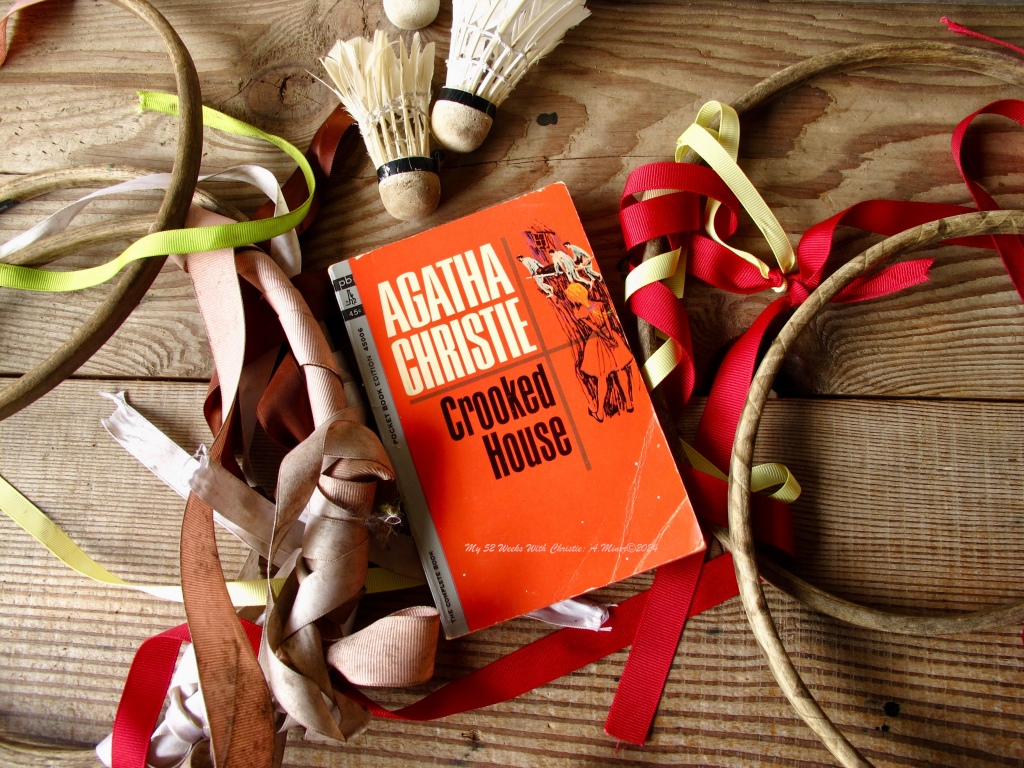
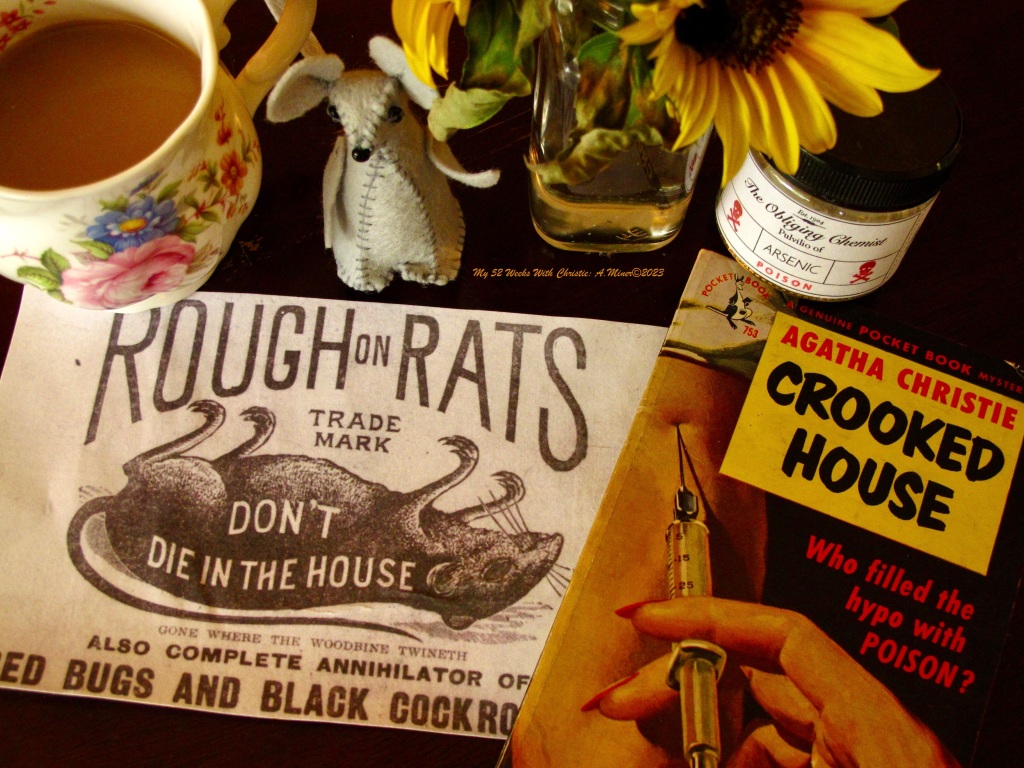
“A jealous hate is different—that rises out of affection and frustration…..I think people more often kill those they love than those they hate. Possibly because only the people you love can really make life unendurable to you.” (Pg. 113)
This Crooked House quote references the real-life case of Constance Kent. Who, at the age of sixteen, took her nearly four-year-old half-brother Francis to the outhouse in the middle of the night and slit his throat….Not because she didn’t love him, but on account of her father — who experts suspect shifted all his affections from the children of his first marriage (Constance) to those of his second (Francis). This changeover provided ample food for the green-eyed monster within Constance to feed upon until that fateful June night when she finally lashed out in revenge. Whilst this is a vast simplification of the circumstances leading to Constance Kent’s penultimate act, it gives you an idea of the point Charles Hayward’s father was trying to make about ‘jealous hate’.
Interestingly enough, if you make a ven diagram with Constance Kent’s motives (jealous hate & revenge) in one circle and Crooked House’s black hat Josephine Leonides’ in another (the puerile rage at being denied ballet lessons) — you’d discover within the overlapping area the alleged crimes of Gertrude Taylor.
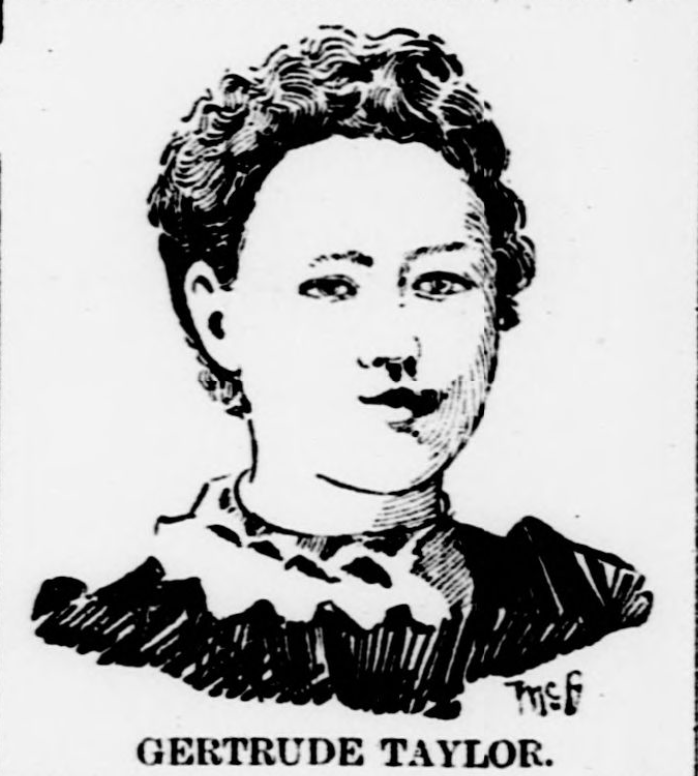
Gertrude Taylor (13 yrs) sat smack dab in the middle of Dillon Taylor and his wife Sarah’s brood with two older brothers (24 & 15), one younger brother (11), and a younger sister (4). Between her whipsmart brain, good looks, and status as the eldest daughter — Gertrude was the apple of her father’s eye.
Then came October 1895.
Gertrude’s eldest brother, Robert, married Laura Varnes. Following their nuptials, the newlyweds settled into Robert’s parent’s household — a circumstance everyone knew was temporary as Dillon promised to build them a house somewhere on his farm the next spring. As one of the largest landholders in Craig, Missouri, as well as one of its most prominent families, Dillon and his wife had more than enough space and money to give the couple such a generous gift.
No big deal…Except…In Gertrude’s eyes, her status as eldest daughter eroded to a certain extent with the addition of Laura to the Taylor family tree. Reading between the lines, it appears Dillon went out of his way to ensure Laura felt welcome, probably hoping it would smooth her transition into his household and into marriage with his son. Knowing his Gertrude enjoyed receiving gifts, Dillon employed a similar tack with Laura, and one afternoon, when in town together, he purchased both her and Gertrude new capes. An occasion Dillon apparently thought nothing of, yet bred resentment in Gertrude — who did not enjoy sharing the spotlight with her new sister-in-law.
Compounding Gertrude’s rapidly souring situation, at some point between October 1895 and February 1896, Dillon gifted the family’s upright organ to Robert and Laura. Not wanting her sister-in-law to take the instrument away when she moved house, Gertrude begged her father to change his mind — she even threatened to leave home and live with her Aunt should the continue to “be mean to her”.
Yet, Dillon remained steadfast in his decision.
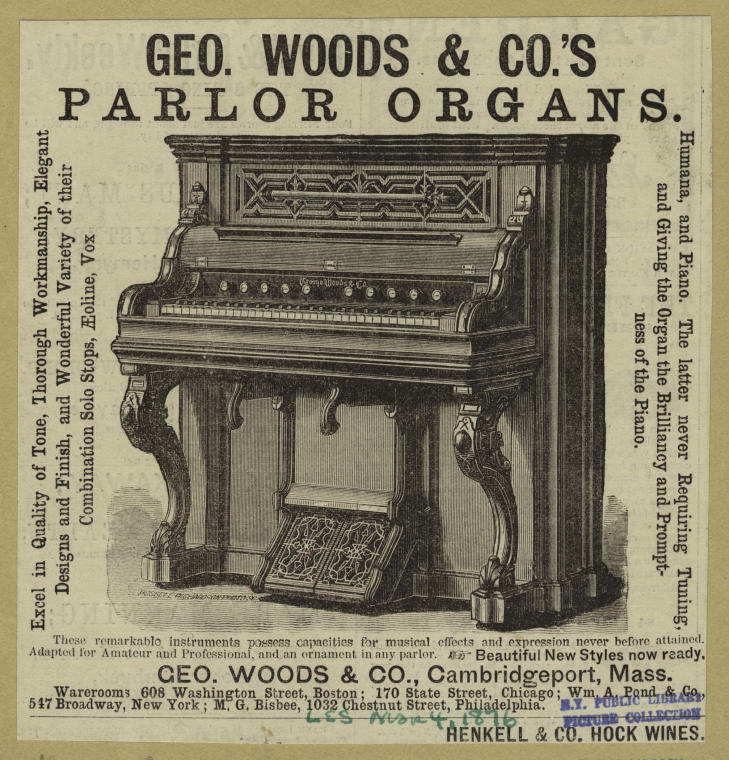
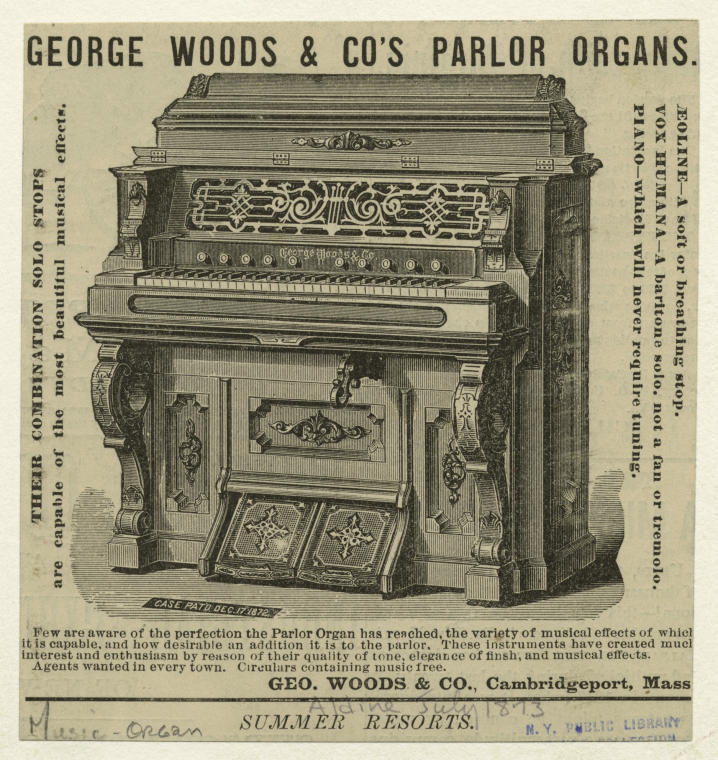
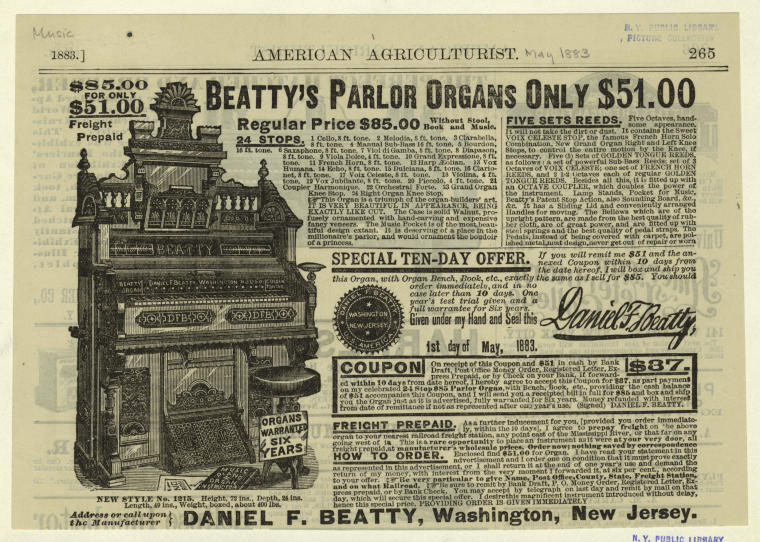
I don’t know what kind of organ the family spat was over — but these adverts were for upright organs from around the era.
(It’s unclear if either Gertrude or Laura played the instrument. However, according to reports, Dillon usually gave Gertrude whatever she wanted. And his refusal to relent in this particular instance make me suspect Gertrude enjoyed noodling around on the instrument whilst her sister-in-law knew how to play it properly.)
Unsurprisingly, her father’s failure to yield solidified Gertrude’s growing belief that Dillon now favored Laura above herself. A situation that would hurt anyone, but for a thirteen-year-old — it would feel unbearably unfair.
Though the exact straw broke the proverbial camel’s back remains a mystery, we know events came to a head on March 10, 1896.
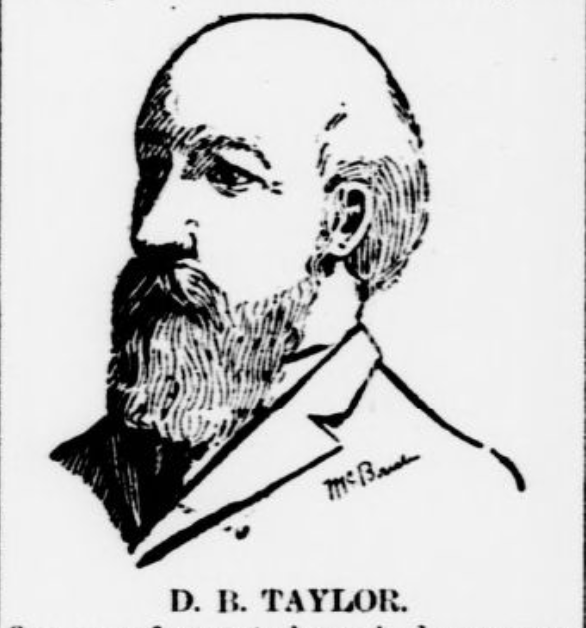
That evening at the supper table, Sarah worked her way around the two tables (one for the adults and the other for the kids — the latter of which Gertrude sat at), pouring coffee into everyone’s cup. Noting the unusual aroma wafting from the pot, Sarah commented on it, and everyone agreed with her assessment. Then, of course, the entire party took a sip and discovered the liquid tasted unusually bitter as well. Chalking up the odd taste to the grinder not being adequately cleaned after milling peppercorns — everyone continued consuming the coffee….until it began burning their throats.
Within minutes, everyone started feeling massively ill.
Suspecting his family had been poisoned en masse, Dillon asked his dinner guest, Tyler Cristman, to fetch a doctor. (As Tyler had drank milk with dinner and only sipped the coffee when everyone started complaining about it, the gut-wrenching sickness afflicting everyone else took longer to present itself in him.) By the time he returned with Dr. Kaltenbach in tow, the entire Taylor family was crippled with stomach cramps, nausea, and vomiting. After hearing about the strange tasting coffee, Dr. Kaltenbach agreed with Dillon’s theory and deduced they were suffering from acute arsenic poisoning.
The good doctor also noticed one member of the ill-fated dinner party who failed to show a single sign of sickness — Gertrude. Seems she’d eschewed the coffee, in favor of a glass of water on this particular evening.
This observation and explanation set wheels into motion.
Not willing to take any chances with a potential poisoner in the house, Dr. Kaltenbach not only secured the aid of a couple of other local doctors (allowing for better care whilst adding extra sets of eyes), he barred nearly everyone from visiting the afflicted (including Gertrude and the majority of the extended family). Dr. Kaltenbach even went so far as to lock the sickroom’s doors.
Sadly, despite his best efforts, Dillon died less than twenty-four-hours later.
My 52 Weeks With Christie: A.Miner©2023
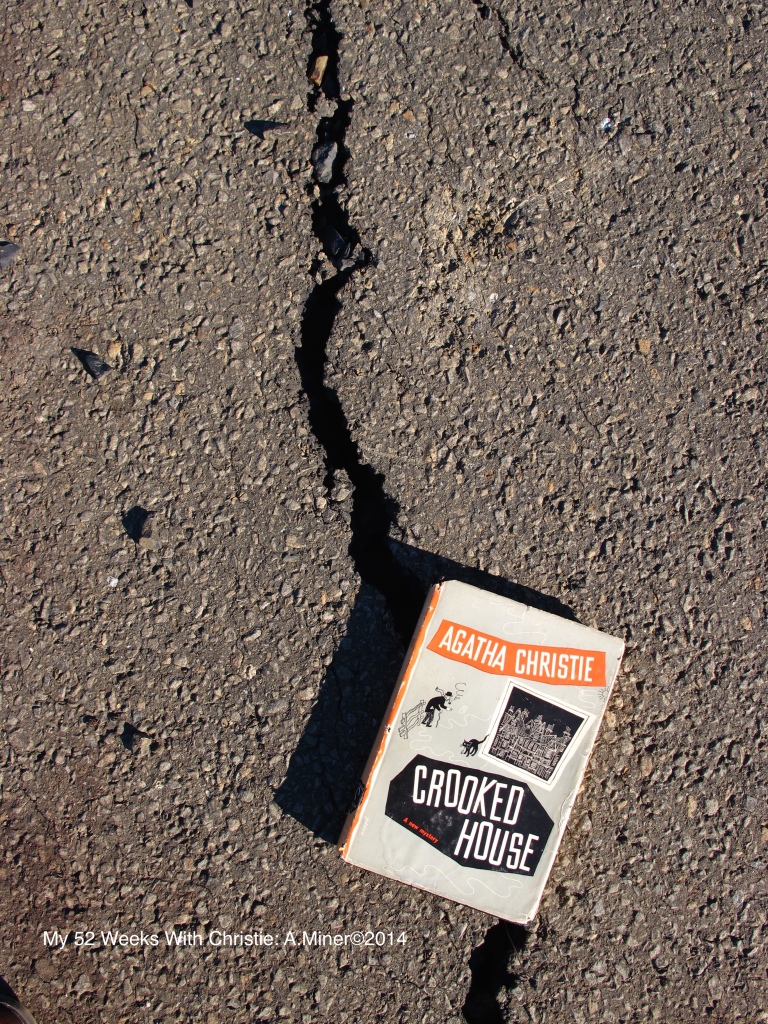
Crooked House
First Published: In Cosmopolitan (US magazine) in 1948.
I Read: Crooked House. Harper, New York, 2011.
Series: Stand Alone.
Detective: Charles Hayward
Summary: Charles and Sophia met overseas, fell in love and were separated by their duties in the War. They decided if they lived through it and still liked each other then they would get married. Two years later the War is over, both are back in England and Charles meets with Sophie to reaffirm their arrangements. While the war is finished, there is an unexpected battle on the home front — Sophia’s grandfather, patriarch of the Leonide’s family, has been murdered. The whole family is convinced his second, and much younger, wife is the culprit. However there is little evidence against her, and everyone who lives in the house had a pretty good motive for murder. And much to Charles’s consternation, Sophia refuses to marry him until the mystery is put to bed, giving him a very strong motive to see the whole business through…
Review:Much like the Murder Of Roger Ackroyd, either you know how the book ends or you do not and I cannot really review it for fear of spoiling the ending. Suffice it to say I thought this book brilliantly clever; you can tell Christie had fun while writing it. The mystery itself is a bit different, as the Rules of Fair Play, which normally Christie strictly adheres to, she took a bit of liberty with them in this mystery. You see, there are really only two clues which give a hint as to who the culprit is and even then they are a bit convoluted. The ending makes complete and utter sense when you read it, however the ability to reach the correct conclusion on your own, well, let’s just say it is a bit more difficult than usual.
One of the best characters in the book beyond the Charles Hayward and Sophia was Sofia’s great aunt Edith de Haviland. Edith was the only one in the whole of the Leonide family who figured out who committed the murder. Charles thought, “I had a suspicion that there might be more going on under the battered felt hat than I knew.” (pg. 35), and he wasn’t wrong in his assessment of Edith. Which brings us to an important point, Christie’s use of spinsters in key roles in her mysteries.
It all started when Michael Morton cut Caroline Sheppard from the stage adaptation of The Murder Of Roger Ackroyd and replaced her with a young girl (“for plot purposes” is the phrase I heard when I read this snippet of information, it has no basis in fact — just in my imagination). Caroline Sheppard was the spinster sister of Doctor Sheppard; she seemed abreast everything going on in the village without ever leaving her house. This directorial cut catalyzing Dame Christie into giving a voice to those women who never married and never had children (and were past reproductive age) — in other words the spinster.
Using notes from Caroline Sheppard and her memories of her grandmother (& her grandmother’s friends) — Christie created her second beloved sleuth, Miss Marple (btw Christie is one of the only authors to have created two equally famous sleuths). Christie was not alone in putting this group on the literary map; Miss Marple is just arguable one of the most popular. As a group I find them an interesting read, as they are allowed to do things which married or single ladies are not. And obviously with her use of Edith in Crooked House, Miss Marple is not the end of the line in Christie’s use of this type of character, I cannot wait until I meet another spinster!
Random (And Almost Relevant) Facts: During the period in which Christie was penning her mysteries, there were a plethora of spinsters populating the world. Why? World Wars One and Two had decimated the numbers of eligible males. Millions of men died at sea, in trenches and on beaches — creating a “surplus” of marriageable women back home after the wars. This allowed for the rise of respectability among this group, since mathematically speaking it was infinitely harder to “find” a husband (or for that matter remarry, since so many husbands and fiancees died as well).
And since I am on a roll….
Mother Teresa is not a spinster. While researching spinsters I found many lists which included her on them. Seriously. Greta Garbo, Coco Chanel, or Elizabeth the First all can be considered spinsters, I am not sure I would have ever used that term to their face (because I am not stupid), but the term is applicable. Mother Teresa is different, she willingly took herself out of the procreation and marriage pool when she took her vows, to become a nun. Which is different than either choosing not to or not having the opportunity to marry and/or having kids. I just needed to point this out, since I guess I had stronger feelings on the use of the word “spinster” than I thought….
Favorite Quote:
“It was rather like the exit of a bumblebee and left a noticeable silence behind it.” (pg. 55)
Interesting Note: This is one of the hardest edged solutions I have read so far in her books. When it was first published her publisher considered it so controversial they asked her to change it. Christie refused and the book is better for it (she’d been writing for thirty years at this point, so she could get away with saying no)!
Also this is one of the few Christie mysteries which has never been made into a play, movie or tv show. The BBC made it into a radio play in 2008; but so far that’s it!
Cheating: Still no cheating. I hear London and Edinburgh are lovely at Christmas time……
A.Miner©2014
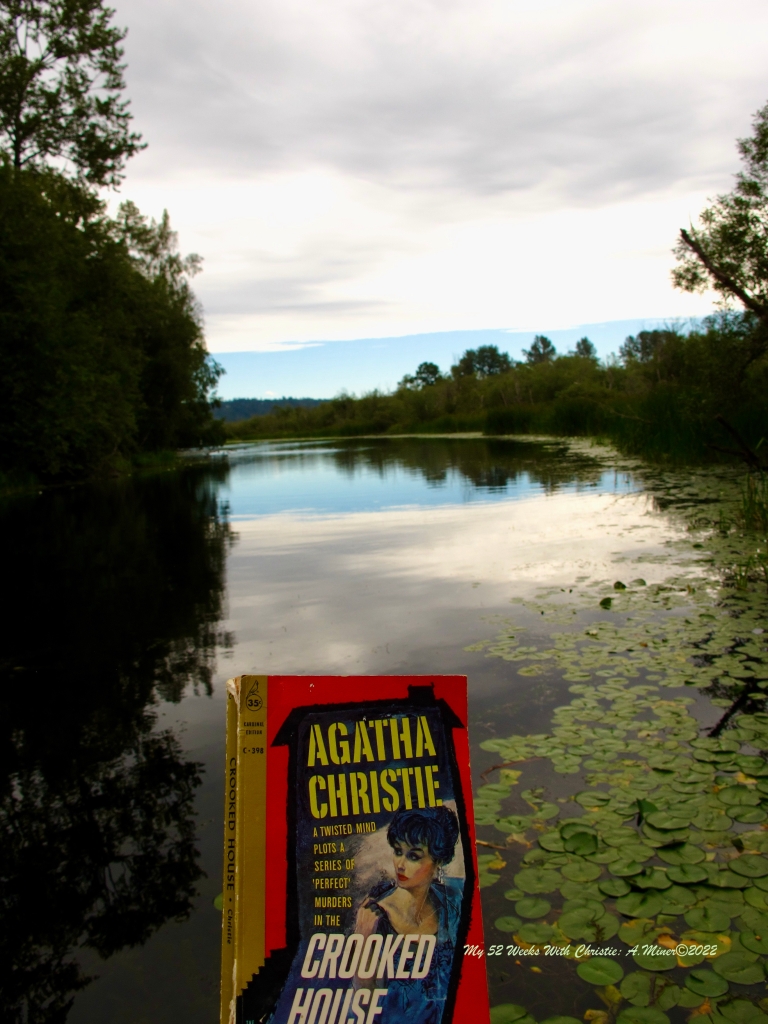
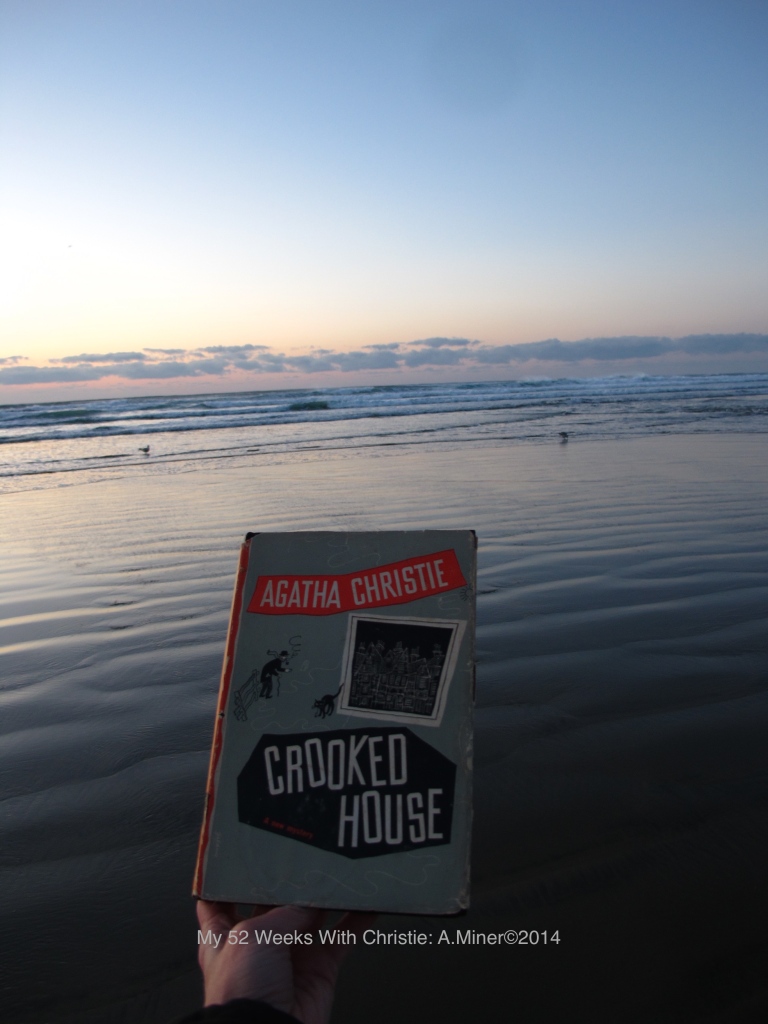
You must be logged in to post a comment.